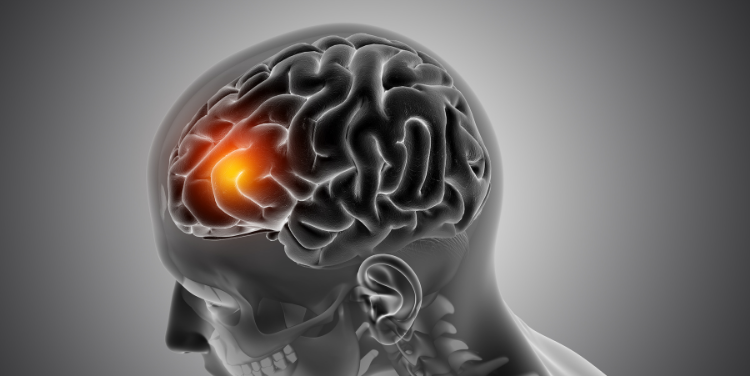2021. joulukuuta: CAR T-Cell therapy is currently approved for some forms of leukemia, lymphoma, and multiple myeloma. Researchers have now also developed the corresponding GD2 CAR T-cell therapy for the treatment of neuroblastoma, i.e., childhood brain tumors. Lung cancer, stomach cancer, liver cancer, breast cancer, and other adult cancers have the highest incidence. When discussing children’s cancer, many people instinctively believe that it is identical to adult cancer.

However, whether it is the cause of cancer or the type of cancer, there is a significant difference between childhood cancer and adult cancer. The most frequent childhood tumour is neuroblastooma, which is more common than lung cancer, gastric cancer, and other cancers. Neuroblastoma can account for half of all cancers in children under the age of five, greatly exceeding the proportion of various malignancies in adult cancers.
Neuroblastoomapotilaiden viiden vuoden eloonjäämisaste ei kuitenkaan ole vieläkään erityisen suuri, ja lähes 5–40 prosenttia potilaista ei edelleenkään pysty saavuttamaan pitkäaikaista parannuskeinoa. Vastaavasti, jos kasvain palaa, lapsi on edelleen vaarassa, samoin kuin aikuisen syövän palatessa.

Is there a new treatment available?
CAR-T-soluterapia has opened up a whole new universe in the field of advanced relapse and refractory B-cell cancers in recent years, and it has also allowed people to witness how effective it can be.
As a result, researchers have created a GD2-CAR-T cell therapy for the treatment of neuroblastoma for the matching target of neuroblastoma. The findings of the clinical study were published in the most recent issue of “Science Translational Medicine.”
Tähän tutkimukseen osallistui yhteensä 12 lasta, joilla oli uusiutunut/refraktaarinen neuroblastooma. Kaiken kaikkiaan lääkitys oli hyvin siedetty, eikä sivuvaikutuksia havaittu. Huolimatta siitä, että se ei saavuttanut objektiivista kliinistä vastetta, tutkijat huomasivat todellisen terapeuttisen hyödyn joillakin henkilöillä.
Potilas 25/010 on 8-vuotias tyttö, jolla on laajamittaisia neuroblastoomaetäpesäkkeitä, mukaan lukien merkittävät luumetastaasit (uusiutuminen neljännen linjan hoidon jälkeen). Yleinen tila on parantunut dramaattisesti 28 päivän jälkeen CAR-T-soluterapia, ja kasvainkudoksessa on myös esiintynyt laajalle levinnyt tuumorinekroosi.
Patient 25/013 is a 10-year-old girl who has had five treatments for multiple recurrent localised neuroblastomas. There were tumour nodules in the neck before therapy, but no distant metastases. An MRI showed that the tumour had shrunk after treatment. Following a tumour biopsy, it was discovered that the tumour had significant necrosis.
Potilas 25/018 on 10-vuotias lapsi, jolla on toistuva neuroblastooma, joka on levinnyt koko kehoon. Hänellä oli kolme istuntoa ennen ja jälkeen, ja hänen ongelmansa helpottui terapioiden ansiosta.
However, while this study has demonstrated that the treatment is effective, after experiencing the peak of CAR-T cell therapy, the long-term expansion of CAR-T cells is not visible, making the treatment effect ineffective. It finally resulted in tumour recurrence, however, before that, this therapy helped 013 and 018 live for approximately 5 months longer.
Although this new CAR-T cell therapy cannot match the efficacy and durability of CD19-CAR-T cell therapy in haematological cancers, it demonstrates that CAR-T cell therapy can still be employed in the entity once a suitable target is identified. In the treatment of tumours, it has potent anti-tumor effects. To improve its therapeutic efficacy in solid malignancies, researchers will combine CAR-T activation with immune checkpoint drugs (PD-1 inhibitors).
The safety of this solid tumour CAR-T cell treatment is currently assured. The patient got CRS as a result of the medication, although no major neurotoxic reactions occurred. Medical teams receiving CAR-T cell therapy may soon have to respond to CRS as a matter of course. CAR-T cell therapy still has a long way to go in terms of overcoming solid tumours, but it will get there someday.

